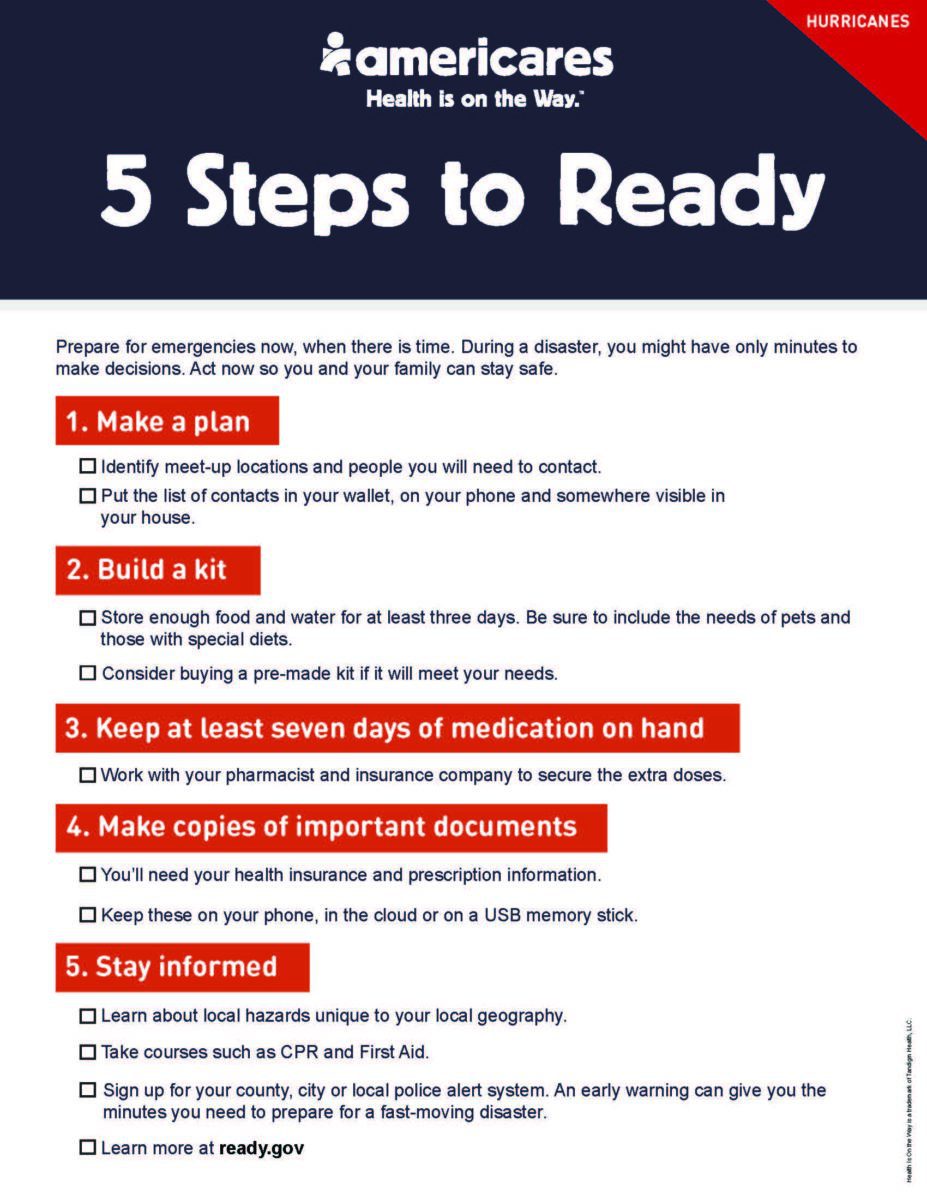Extreme Heat & Climate Change -What Do We Know?
Extreme heat brought on by rising global temperatures from climate change is creating deadly conditions in more regions. Americares is at work on the frontlines of this health crisis. We see that extreme heat (temperatures that are 10 degrees Fahrenheit or more above normal) kills nearly twice as many Americans each year as tornadoes and almost three times more than hurricanes. We have learned that it is particularly deadly for the elderly, young children, people with underlying health conditions and people in disadvantaged communities around the world. We are alarmed that 2023 was the hottest year ever recorded. Average temperatures were 1.48 degrees Celsius, or 2.66 Fahrenheit, above preindustrial levels, according to an announcement by Copernicus, the European Union’s climate monitor. The previous record was in 2016. We are preparing our clinic partners here at home and around the world to provide health information about getting ready for the increasing dangers of extreme heat as well as providing critical services to their most vulnerable patients.





